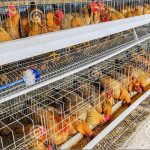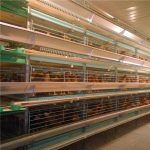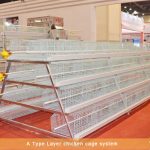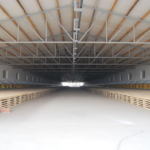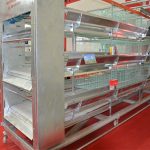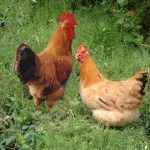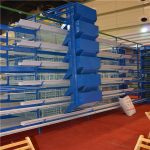The feeding methods of chickens mainly include three types of ground raising, net bed raising, and cage raising. The author below will introduce the advantages and disadvantages of these three feeding methods.
1. Ground raising
Pingyang refers to chickens moving on a plane. Flat farming can be divided into ground free-range, online flat farming and mixed ground feeding. Pingyang chicken houses have low feeding density, large construction area and relatively high investment. Currently, broiler chickens are used in this way.
The ground-level free-range is also called thick padding ground. Thick padding is laid directly on the ground or concrete floor, and the chickens live on the litter. The broiler chicks use this form more.
Advantages: Simple equipment requirements and low investment.
Disadvantages: low feeding density, chicken exposure to feces, is not conducive to disease prevention.
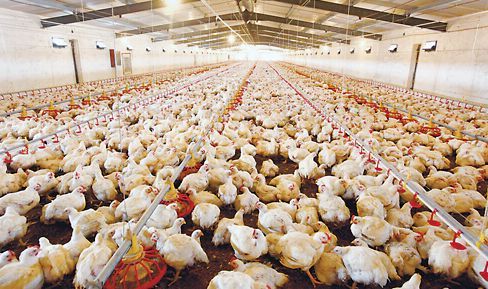
2. Net bed flat raise
The off-grid online raises the ground to raise the chickens off the ground and moves on the mesh made of metal or other materials. The mesh (grid) is flattened with a plastic mesh, metal mesh or plastic coated mesh, and the floor is generally about 1.2 meters above the ground (to facilitate the extraction of chicken manure).
Advantages: The chicken lives on the slats, the feces fall under the net, the chicken does not directly contact the feces, which is conducive to the control of the disease; the breeding density is the largest, and 4.8 chickens can be raised per square meter.
Disadvantages: The investment is relatively high, and it is relatively inconvenient to draw chicken manure.
3. Cage
Cage is to raise the chicken in a cage welded with wire. Different types of chicken cages are designed according to chicken breed, gender and age, including pullet cages,broiler battery cages,layer battery cages, chicken brooder cages.
The main advantages of cage: (1) increase the stocking density. The three-dimensional cage density is more than three times higher than the flattening density, and the laying hen can raise more than 17 per square meter. (2) Save feed. The chickens are kept in cages, the amount of exercise is reduced, the energy consumption is small, and the waste material is reduced. Artificial insemination can reduce the proportion of cocks. (3) The chicken does not touch the feces, which is conducive to the prevention of flocks. (4) The eggs are relatively clean and can eliminate eggs outside the nest. (5) There is no litter problem.
Disadvantages of caged chickens: (1) The amount of eggs produced is less than that of flattening. (2) The investment is relatively increased.


